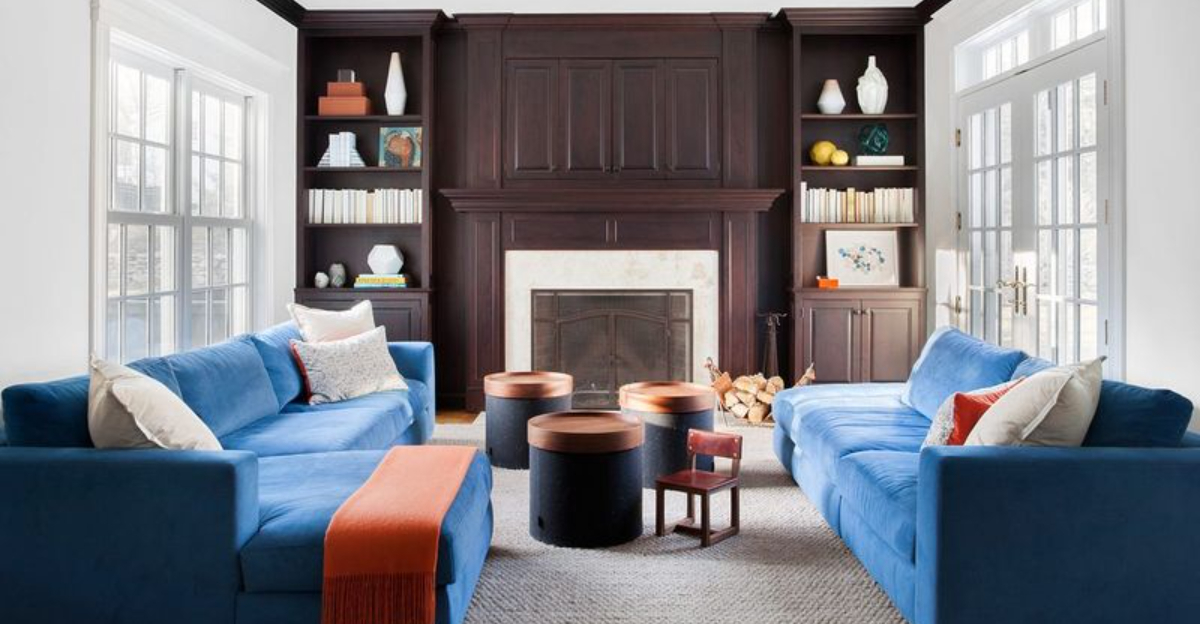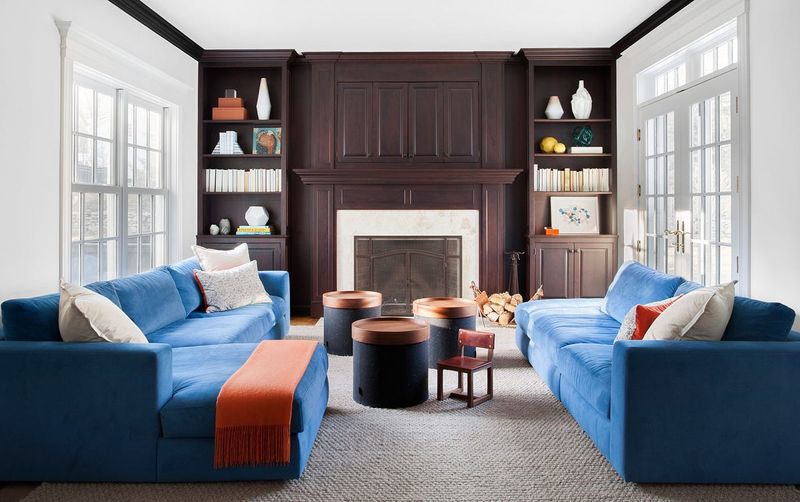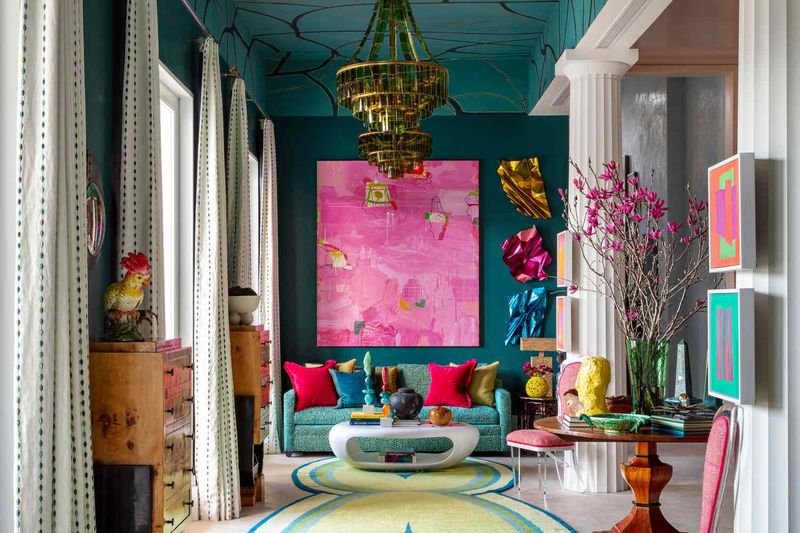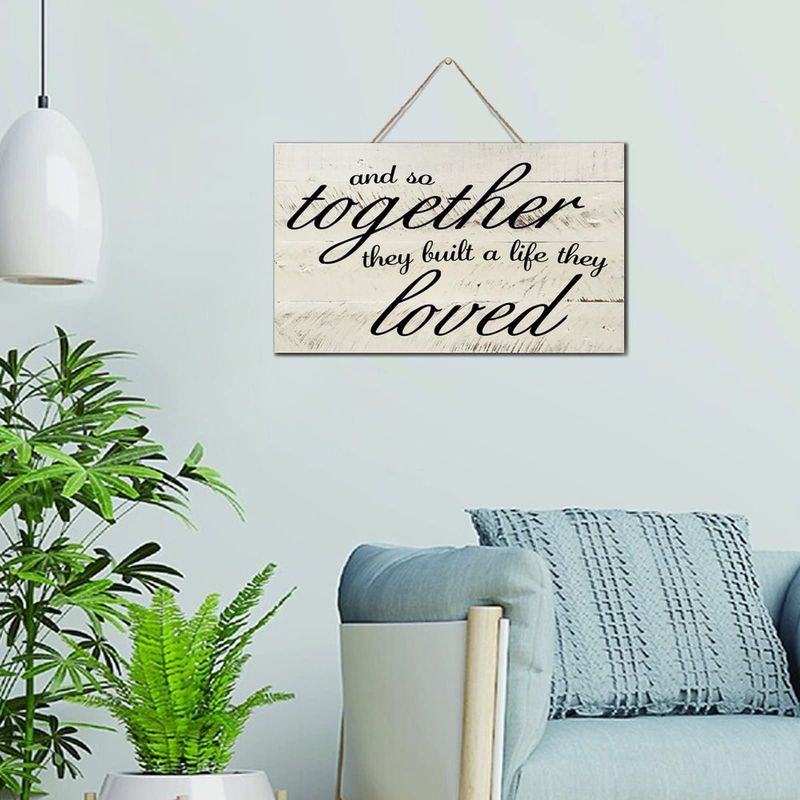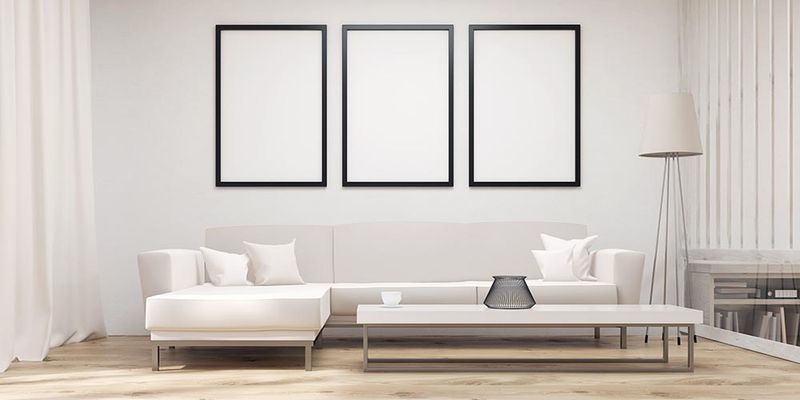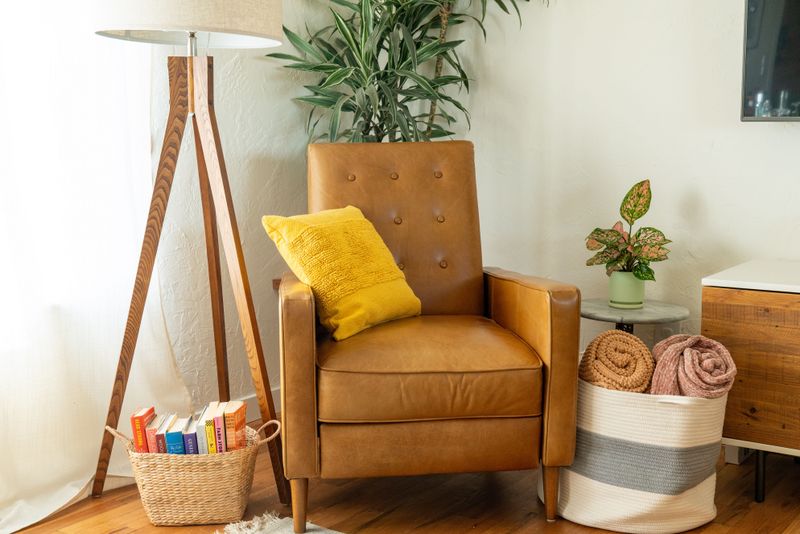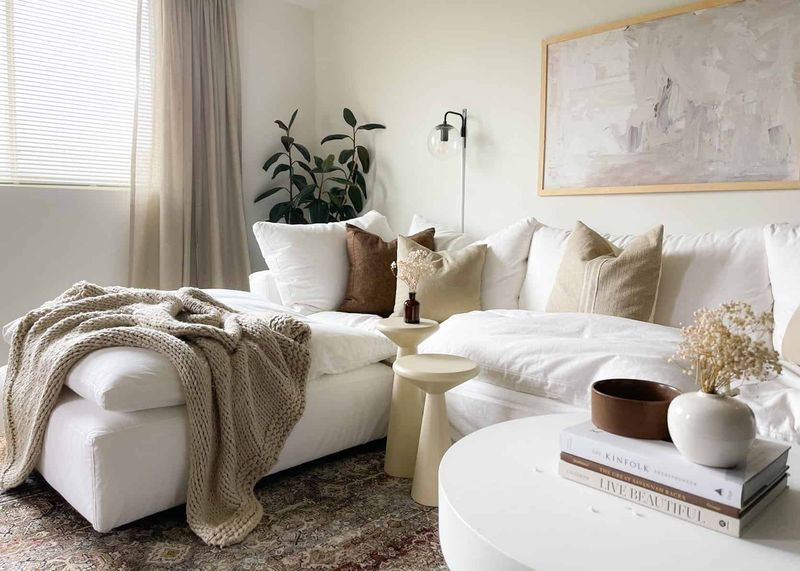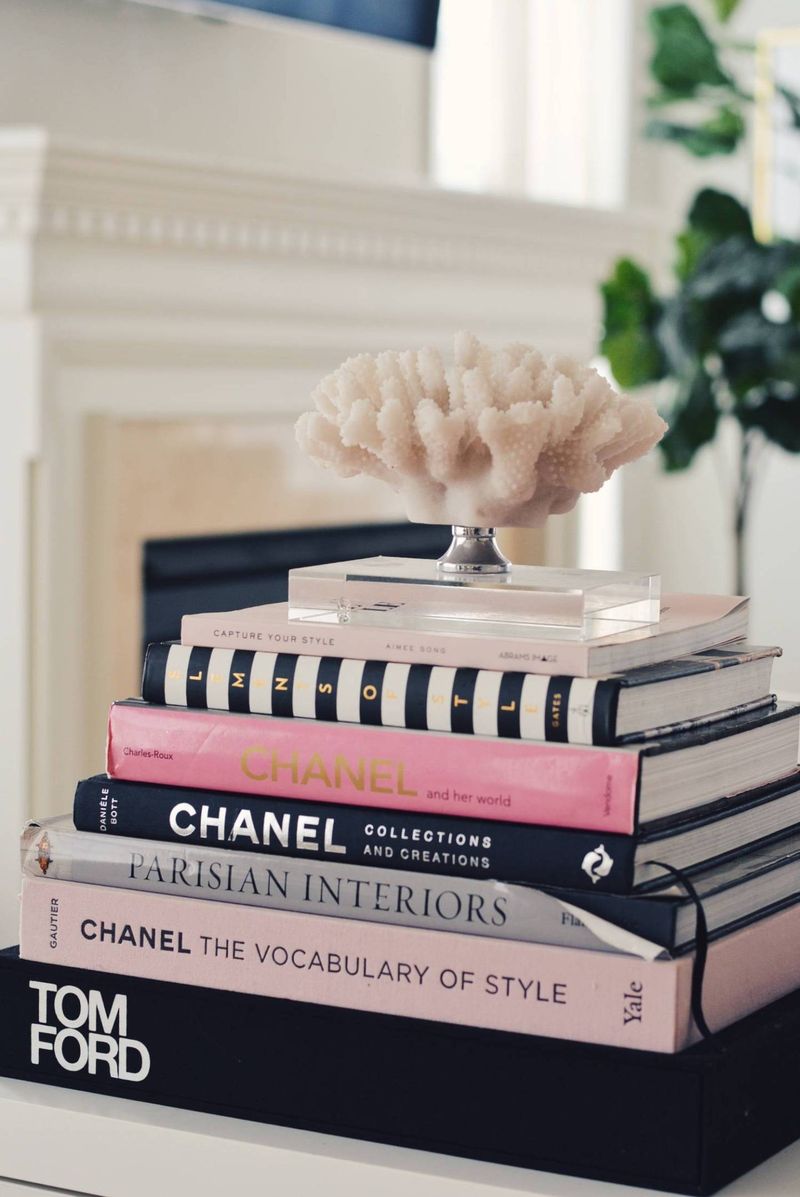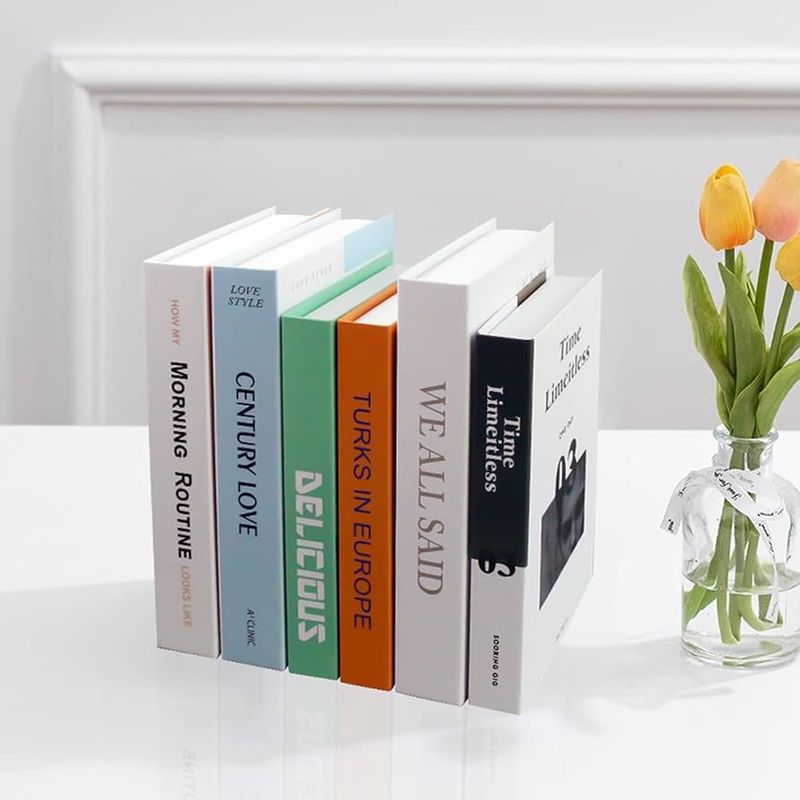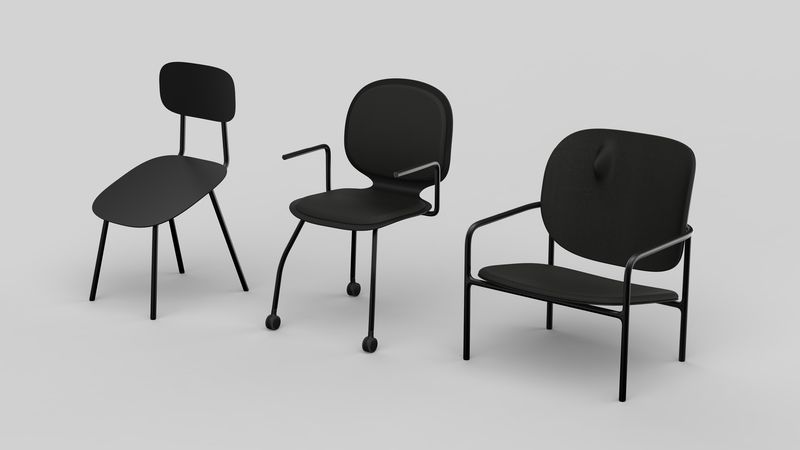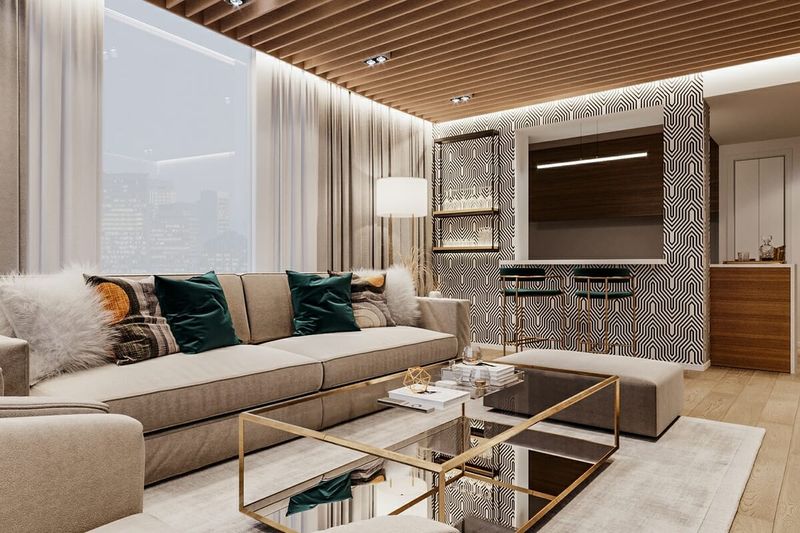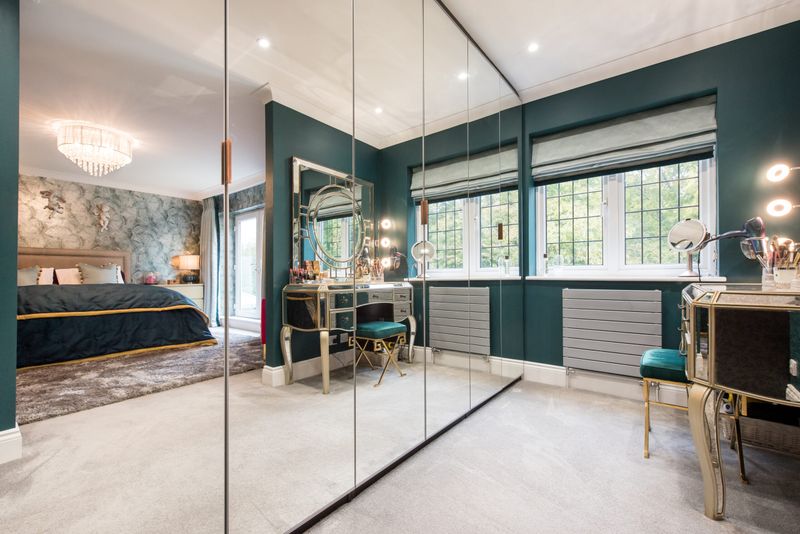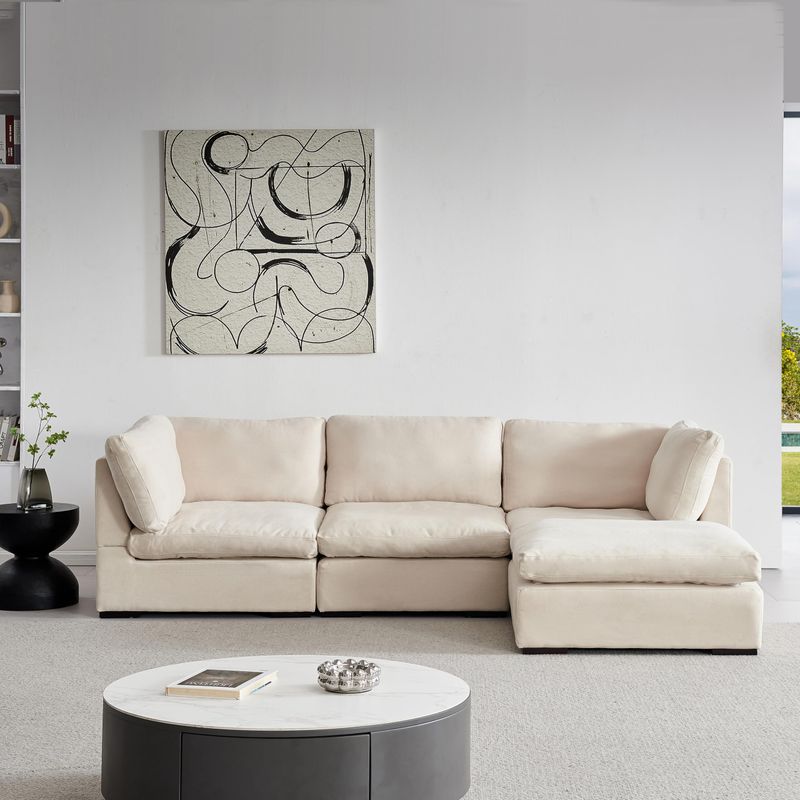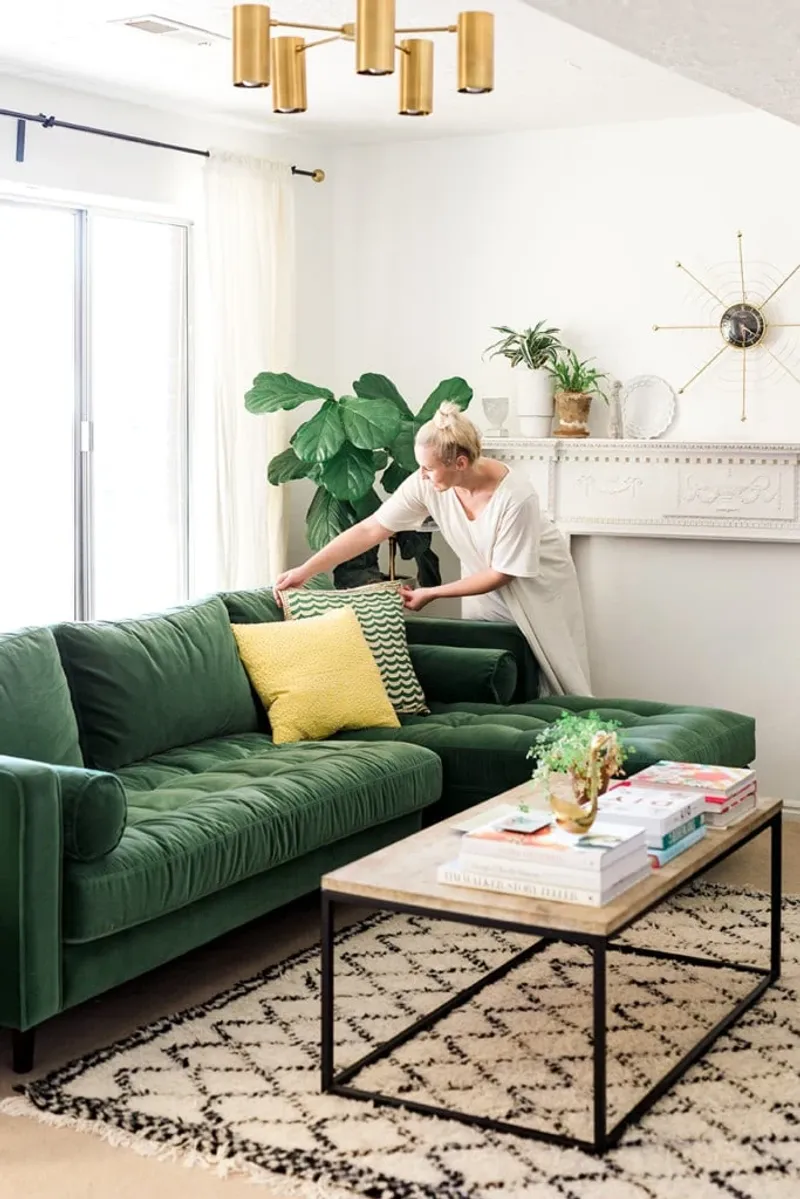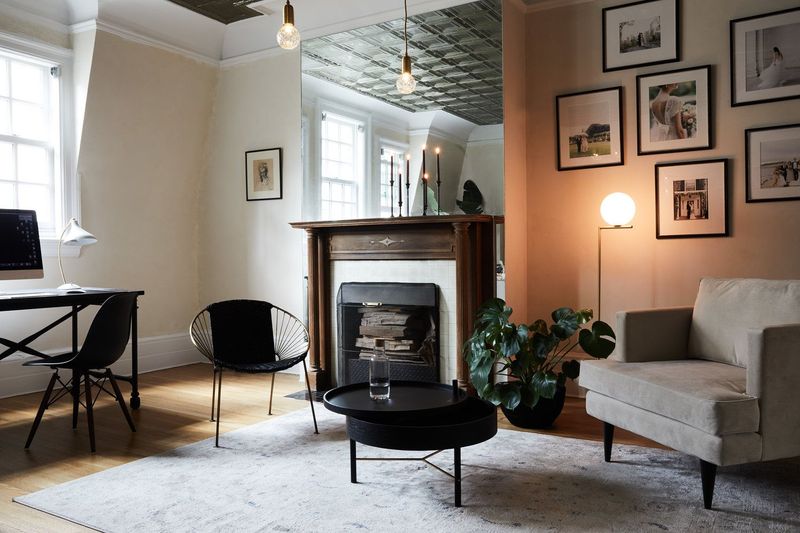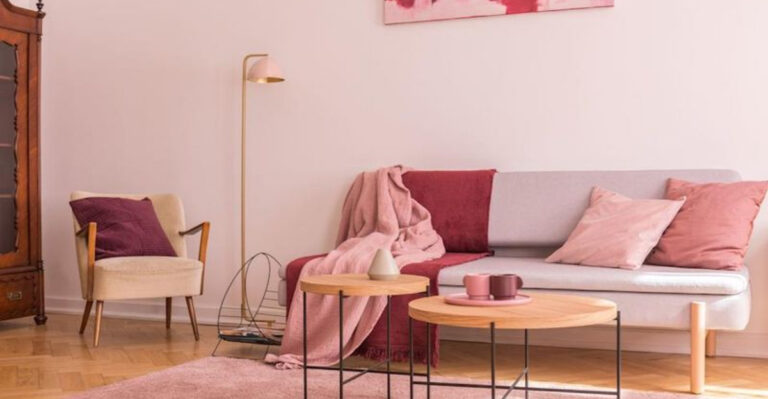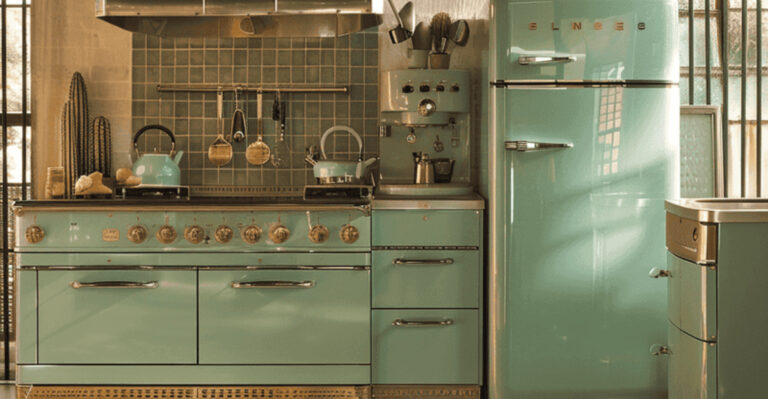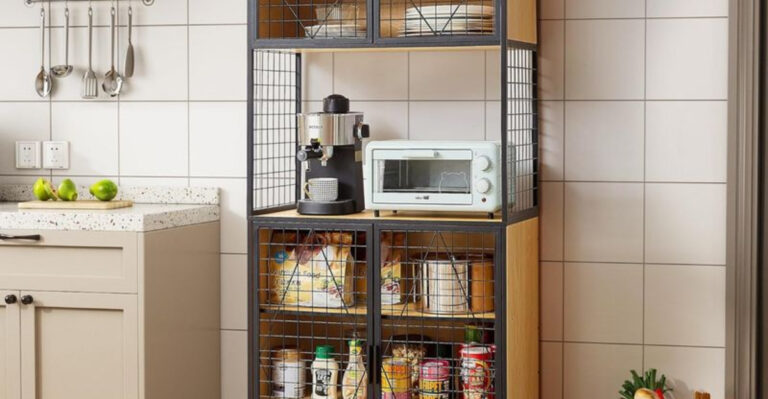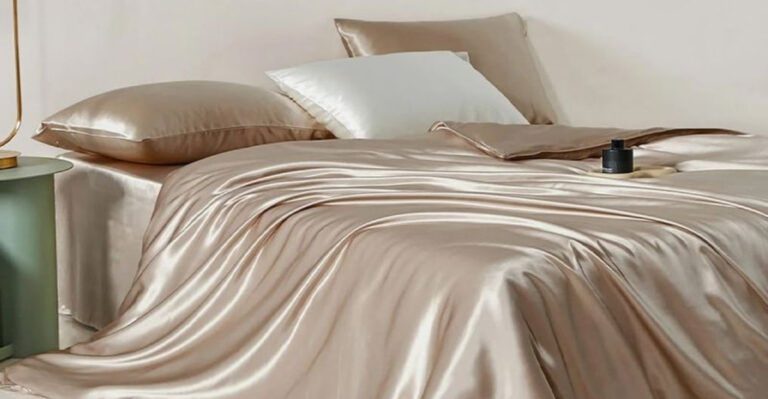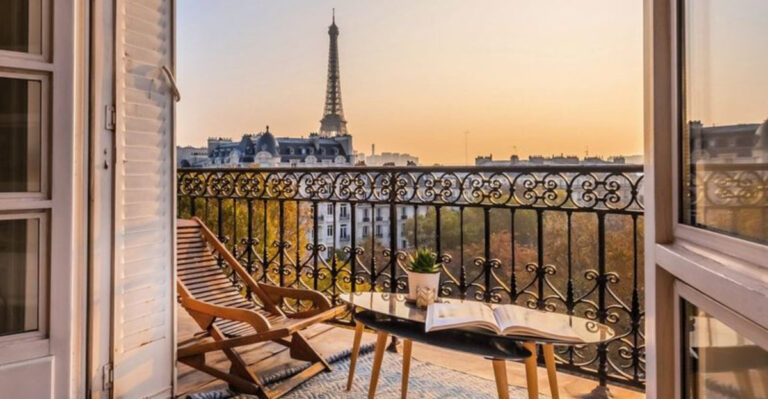17 Interior Design Choices That Secretly Reflect Your Insecurity (Yes, Really)
Ever wondered what your living space might be saying about you behind your back? Our homes are more than just places to eat, sleep, and binge-watch shows – they’re reflections of our inner selves.
The curtains you hang, the furniture you choose, and even how you arrange your throw pillows can reveal hidden insecurities you might not realize you’re broadcasting to guests.
Let’s explore some common interior design choices that might be secret signals of your deeper anxieties.
1. Overly Matching Furniture Sets
Remember when your parents bought entire bedroom sets from showrooms? That matching mentality might indicate you’re playing it safe rather than expressing your true style.
Buying everything in coordinated sets reveals a fear of making design mistakes or standing out. It’s like wearing the exact outfit from the mannequin—convenient but lacking personal flair.
Try mixing pieces that speak to you individually instead of relying on pre-packaged design solutions.
2. Excessive Trendy Decor Items
If your shelves are crammed with whatever’s currently popular on social media, you might be masking insecurity about your own taste. The constant cycle of buying what’s trending suggests a deeper concern about judgment.
When we fill our spaces with items simply because they’re “in,” we’re often seeking external validation rather than personal satisfaction. Those macramé wall hangings and mushroom lamps aren’t bad—unless they’re there just to impress others.
3. Too Many Inspirational Quote Signs
Walking into a home that screams “Live, Laugh, Love” from every wall might suggest you’re trying to convince yourself—not just your guests—of these positive affirmations.
Surrounding yourself with motivational phrases like “Hustle” or “Blessed” often reveals a desire for the emotional states these words represent, rather than actually experiencing them. It’s like wearing a badge of who you aspire to be.
Authentic confidence typically doesn’t need constant written reminders hanging in every room.
4. Ultra-Minimalist Spaces
Behind that stark white room with barely a trace of human existence might be someone terrified of revealing too much about themselves. Ultra-minimalism can serve as emotional armor.
When a space lacks personal items—photos, mementos, or anything that tells your story—it might indicate discomfort with vulnerability or fear of judgment. It’s like keeping people at arm’s length through your decor choices.
5. Hidden Clutter Everywhere
Got gorgeous storage baskets everywhere but no actual organization system? You might be more concerned with appearances than functionality.
Shoving messes into decorative bins rather than properly organizing suggests anxiety about being perceived as disorganized. It’s the home equivalent of sweeping problems under a rug—literally and figuratively.
6. All-Neutral Color Palette
Beige, white, gray, repeat. An exclusively neutral palette often signals fear of making bold choices or concern about future resale value over personal enjoyment.
While neutrals create calm spaces, refusing to introduce any color might reveal worry about committing to something that could fall out of favor. It’s the decorating equivalent of never taking a stance on anything.
Even small colorful accents can inject personality while maintaining that soothing neutral foundation you crave.
7. Oversized Logos and Brand Names
When your home features prominent designer logos or conspicuous brand-name items, you might be seeking validation through status symbols rather than personal style.
Displaying that Chanel book you’ve never opened or arranging designer shopping bags as decor suggests seeking worth through association with luxury brands. Quality pieces speak for themselves without needing to broadcast their pedigree to everyone who enters your home.
8. Fake Books and Decorative Props
Nothing screams “I’m worried about appearing intellectual” quite like a shelf of books chosen solely for their spine colors or, worse, fake book facades.
Using books as props rather than reading material suggests concern about how others perceive your intellect or cultural capital. Authentic bookshelves filled with volumes you’ve actually opened create a more genuine impression than perfectly color-coordinated spines.
9. Uncomfortable But Stylish Furniture
Sacrificing comfort for style might indicate prioritizing others’ opinions over your actual lived experience. Those gorgeous but backache-inducing dining chairs tell a story.
When you can’t actually relax on your own sofa because it’s too pristine or uncomfortable, you’re likely creating a showcase rather than a home. It reveals concern about impressing visitors over nurturing yourself.
10. Showroom-Perfect Spaces
When your living room looks like no one actually lives there, it might reveal anxiety about the messiness of real life. That untouched, catalog-perfect space suggests a fear of authentic imperfection.
Homes that feel like furniture showrooms often indicate someone who equates personal worth with maintaining appearances. Every fluffed pillow and precisely angled coffee table book screams control.
Embracing some lived-in qualities creates spaces that feel welcoming rather than museum-like.
11. Pinterest-Perfect Replications
Directly copying entire rooms from Pinterest boards suggests uncertainty about your own aesthetic judgment. That feeling that your space must match some external ideal reveals deeper insecurities.
When every element of your design comes from the same inspiration image, it indicates reluctance to trust your personal taste. Like wearing someone else’s signature perfume, it might look right but feel inauthentic.
Using inspiration as a starting point rather than a blueprint allows your unique preferences to shine through.
12. Too Many Mirrors
Beyond making spaces appear larger, an abundance of mirrors might reflect deeper concerns about self-image and how others perceive you.
When every wall features a reflective surface, it suggests constant self-monitoring and heightened awareness of appearance. Strategic mirror placement enhances light and space without creating the feeling of being perpetually observed—even by yourself.
13. Absence of Personal Photographs
Walls devoid of family photos or personal memories might indicate discomfort with emotional intimacy or fear of judgment about your relationships and experiences.
A complete lack of personal imagery creates anonymous spaces that reveal little about who actually lives there. It’s like maintaining a professional distance even in your most private spaces.
14. Impractical Design Choices
That white sofa with small children or pets around? Such impractical choices often reveal prioritizing appearances over authentic living.
When design decisions consistently ignore the reality of your lifestyle, it suggests anxiety about measuring up to idealized standards. Like wearing uncomfortable shoes all day, these choices value perception over experience.
15. Avoiding Bold Design Choices
If you’ve been dreaming of that dramatic wallpaper for years but keep painting everything greige instead, fear might be holding your true style hostage.
Consistently playing it safe with design reveals anxiety about judgment or making mistakes. Starting with smaller bold choices in less prominent areas can build confidence before committing to that statement wall or vibrant sofa you really want.
16. Constantly Changing Decor
Forever redecorating might indicate you’re searching for an identity rather than expressing one you’re comfortable with. That rotating door of design styles suggests inner restlessness.
When nothing in your home stays the same for long, it often reveals uncertainty about who you are or what you truly value. Like trying on different personalities, constant redesigns can be a search for external validation.
17. Avoiding Hosting Guests
Always meeting friends at restaurants instead of inviting them over? Your reluctance might stem from home-related insecurities rather than practical concerns.
When your space becomes a private sanctuary that no one else can enter, it often indicates deep concern about judgment of your home and, by extension, yourself. It’s creating a boundary between your public and private identities.

